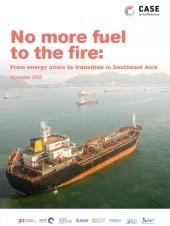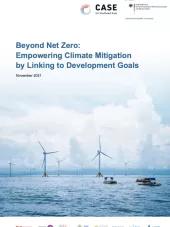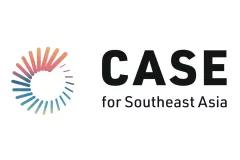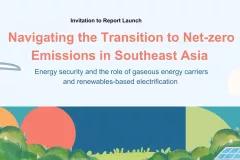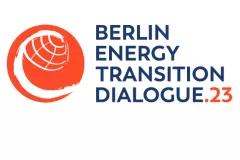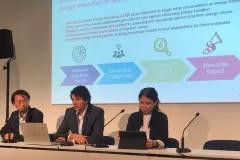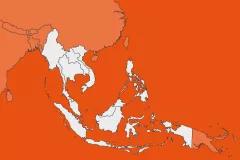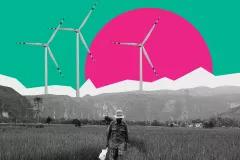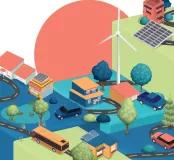Hydrogen has emerged as a focus in Southeast Asia’s energy transition, recognised for its potential to lower emissions, support deep decarbonisation and enhance energy security. Several countries in the region are developing national hydrogen strategies or integrating hydrogen into their power sector planning, often with an emphasis on hydrogen and ammonia co-firing to reduce emissions and delay the early retirement of fossil fuel assets.
This policy brief examines the outlook for hydrogen-based power generation in Southeast Asia – covering both co-firing and 100% hydrogen- or ammonia-firing – and assesses its potential role alongside the associated risks. It offers policy considerations to help governments evaluate its relevance within broader energy transition strategies.
Key message:
-
Renewable hydrogen can support Southeast Asian power systems by meeting seasonal storage and peaking demands. Its use should be reserved for periods of scarcity, when the short-run value of electricity is highest.
-
Countries such as Viet Nam, Indonesia and Thailand are considering co-firing hydrogen and ammonia in coal and gas plants to cut emissions during baseload operations. This approach tends to be cost-inefficient, delivers limited emission reductions and risks prolonging reliance on fossil fuels.
-
Prioritising renewable energy deployment and grid infrastructure brings multiple benefits. It helps lower electricity and hydrogen costs, boosts competitiveness in global green markets (e.g. steel and ammonia) and stimulates economic growth through job creation and investment.






